9% of the Earth's oxygen is produced by the Amazon rainforest.
♦ SOURCE
♺ SHARE
However, trees inhale a little over half the oxygen they produce and the rest is probably used up by the microbes that live in the Amazon. So the net oxygen effect of the Amazon is actually around zero.
It's the world's largest rainforest, with the Congo Rainforest and the Valdivian Temperate Rainforest coming up next. Tropical rainforests have been called the 'world's largest pharmacy', because over one quarter of natural medicines have been discovered there.
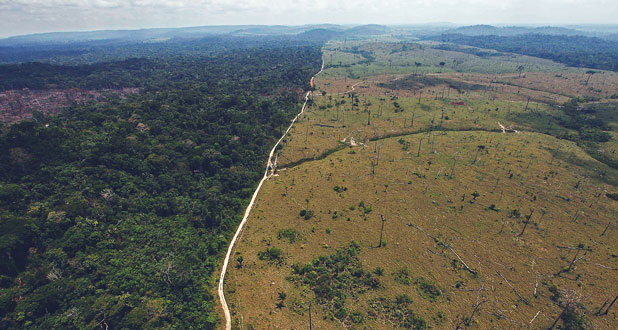
During the past 40 years, at least 20% of the Amazon rainforest has been cut down.
♦ SOURCE
♺ SHARE
Tropical forests are important carbon sinks, and when they are destroyed carbon is released into the atmosphere, accelerating the rate of climate change. It is estimated that ending deforestation could reduce annual global greenhouse gas emissions by up to 30%.
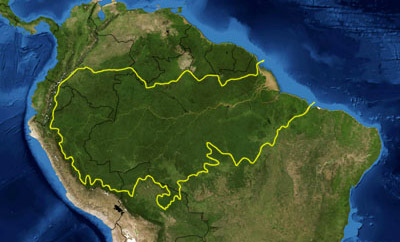
The Amazon rainforest encompasses an area of 5,500,000 sq kilometres (2,100,000 sq mi), two times the size of Argentina.
♦ SOURCE
♺ SHARE
It's also more than half the size of China, Canada and the United States.

The name "Amazon" comes from the "Amazons" of Greek mythology, a race of woman warriors. In many tribes of the area, women fought alongside the men.
♦ SOURCE
♺ SHARE
The name Amazon is said to arise from a war that spanish conquistador Francisco de Orellana fought with the Tapuyas and other tribes.
Sand from the Sahara is blown by the wind all the way to the Amazon, recharging its minerals. The desert literally fertilizes the rainforest.
♦ SOURCE
♺ SHARE
The dust contains phosphorus, important for plant growth. The yearly Sahara dust replaces the equivalent amount of phosphorus washed away yearly in Amazon soil from rains and floods.
Human inhabitants first settled in the Amazon rainforest at least 11,200 years ago.
♦ SOURCE
♺ SHARE
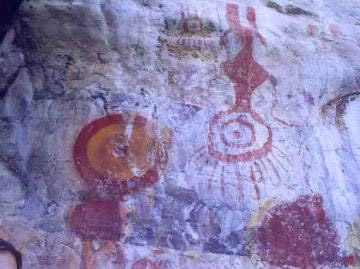
This is based on archaeological evidence from an excavation at Caverna da Pedra Pintada, Brazil.
The rainforest likely formed during the Eocene era. Scientists estimate it appeared following a global reduction of tropical temperatures when the Atlantic Ocean had widened sufficiently to provide a warm, moist climate to the Amazon basin.
1 in 10 known species in the world
lives in the Amazon Rainforest.
♦ SOURCE
♺ SHARE
Over 2,000 new species of plants and vertebrates, including a monkey that purrs like a cat, have been described since 1999.
There are no bridges over the Amazon River.
♦ SOURCE
♺ SHARE
This is not because the river would be too wide to bridge; for most of its length, engineers could build a bridge across the river easily. It's just that, most of the time, the crossing can be done by a ferry, so there is no need to build a bridge.
The Amazon River once flowed in the opposite direction, from east to west.
♦ SOURCE
♺ SHARE
Geologists had speculated changes in convection within the Earth's mantle, perhaps resulting from the break-up of Africa and South America, must have driven this. Erosion might also explain it.
Almost four hundred billion trees
belonging to 16,000 different species grow in the Amazon rainforest.
♦ SOURCE
♺ SHARE
Analysis of data from 1170 surveys of the Amazon Basin and Guiana Shield also indicate there are about 400 billion trees.
Amazonian Butterflies Drink Turtle Tears.
♦ SOURCE
♺ SHARE
The butterflies are likely attracted to the turtles' tears because the liquid drops contain salt, specifically sodium, an important mineral that is scant in the western Amazon.

60% of the Amazon rainforest is in Brazil, but it's also in Peru (13%), Colombia (10%), Venezuela, Ecuador, Bolivia, Guyana, Suriname and French Guiana.
♦ SOURCE
♺ SHARE
Four nations have 'Amazonas' as the name of one of their first-level administrative regions and France uses the name 'Guiana Amazonian Park' for its rainforest protected area.
There's an underground river 4 KM (2.4 mi) beneath the Amazon River that might be as long, but hundreds of times wider.
♦ SOURCE
♺ SHARE
Unofficially named the 'Hamza', simulations suggest that at a higher depth of about 2,000 feet the river actually flows vertically.
In 2008, Norway donated US$1 billion to help save the Amazon rainforest.
♦ SOURCE
♺ SHARE
While the Amazon Fund helped reduce deforestation in the Amazon region, overall deforestation in Brazil increased, which makes some wonder if the fund is just helping move deforestation elsewhere.
The Amazon River discharges 5 times as much water as any other river on the planet.
♦ SOURCE
♺ SHARE
The flow rate at the mouth of the Amazon is sufficient to fill more than 83 such pools each second.
The Amazon Rainforest is home to about 2.5 million insect species.
♦ SOURCE
♺ SHARE
This is an estimation. Only a tiny fraction of this number have actually been described by scientists.
Over 40,000 plant species, 2,200 fishes, 1,200 birds, 420 mammals, 420 amphibians, and 370 reptiles have been scientifically classified in the Amazon region.
♦ SOURCE
♺ SHARE
The biodiversity of plant species in the Amazon Rainforest is the highest on Earth.
Iquitos, Peru is the largest city in the world inaccessible by road. It's located deep in the Amazon rainforest and has over 400,000 people.
♦ SOURCE
♺ SHARE
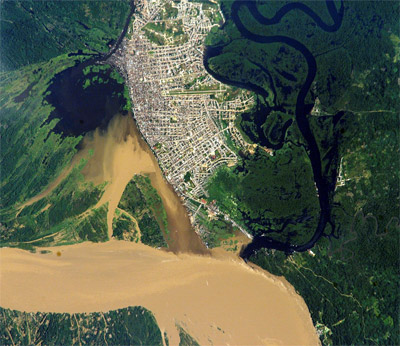
It's the largest metropolis in the Peruvian Amazon, east of the Andes, it is the ninth most populous city of Peru. The two largest cities in the whole Amazon basin are Manaus (1.4 million people) and Belém (1 million), both in Brazil.
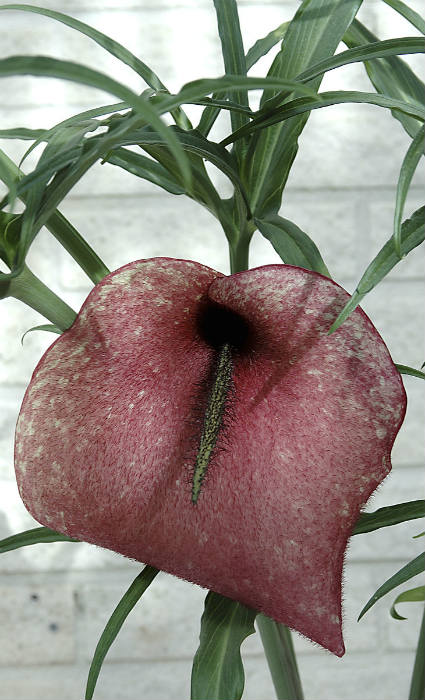
A study in 1999 found 1 sq kilometer (247 acres) of Amazon rainforest can contain about 90,790 tonnes of living plants.
♦ SOURCE
♺ SHARE
The average plant biomass is estimated at 356 ± 47 tonnes per hectare.
As many as 60 tribes remain largely uncontacted in the Amazon, or live in voluntary isolation.
♦ SOURCE
♺ SHARE
Some estimate there are even more: about 77 groups are in Brazil alone, 12 to 15 in Peru, 6 to 10 in Bolivia, 3 to 5 in Colombia, 3 in Ecuador and 2 or 3 in Venezuela.

















